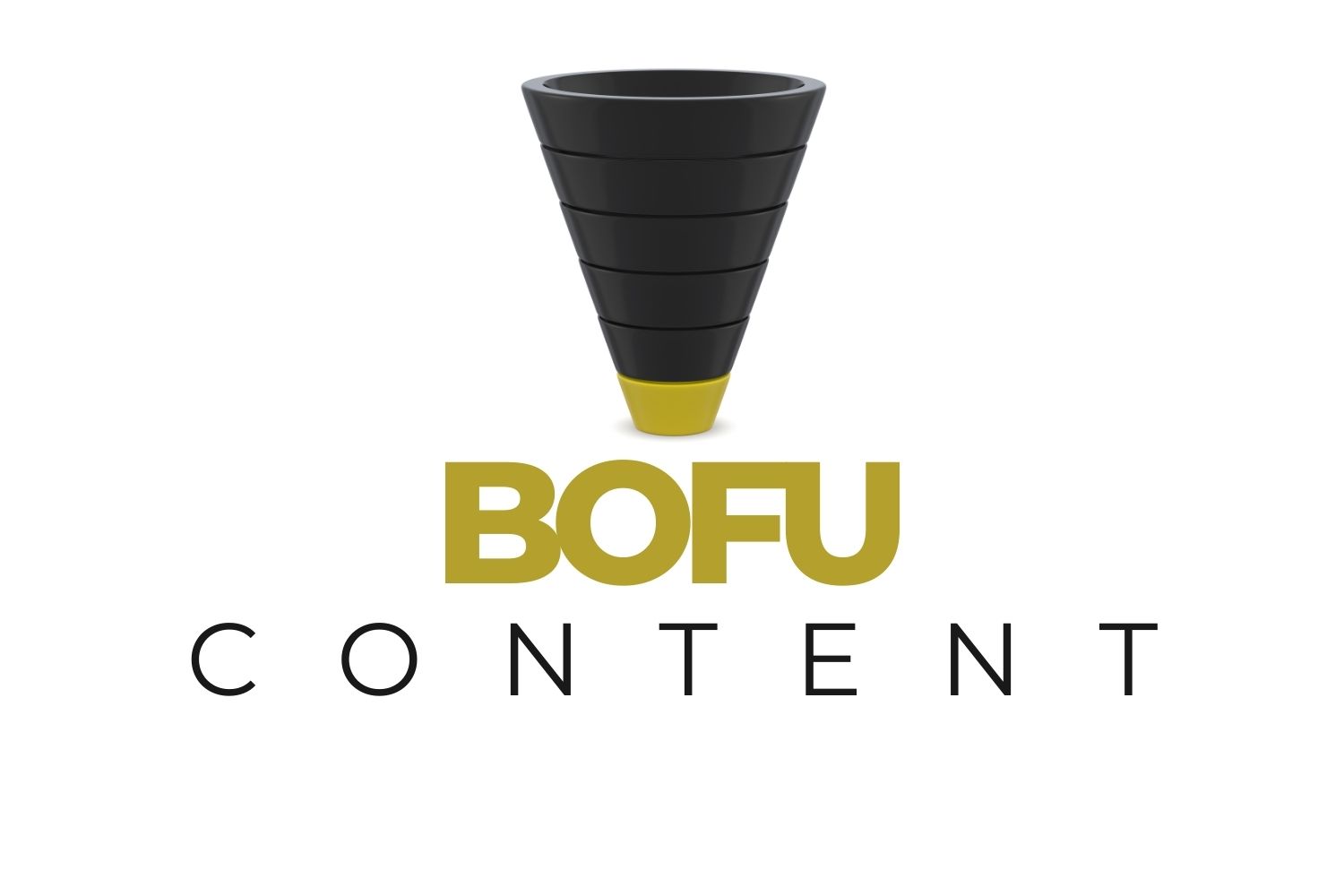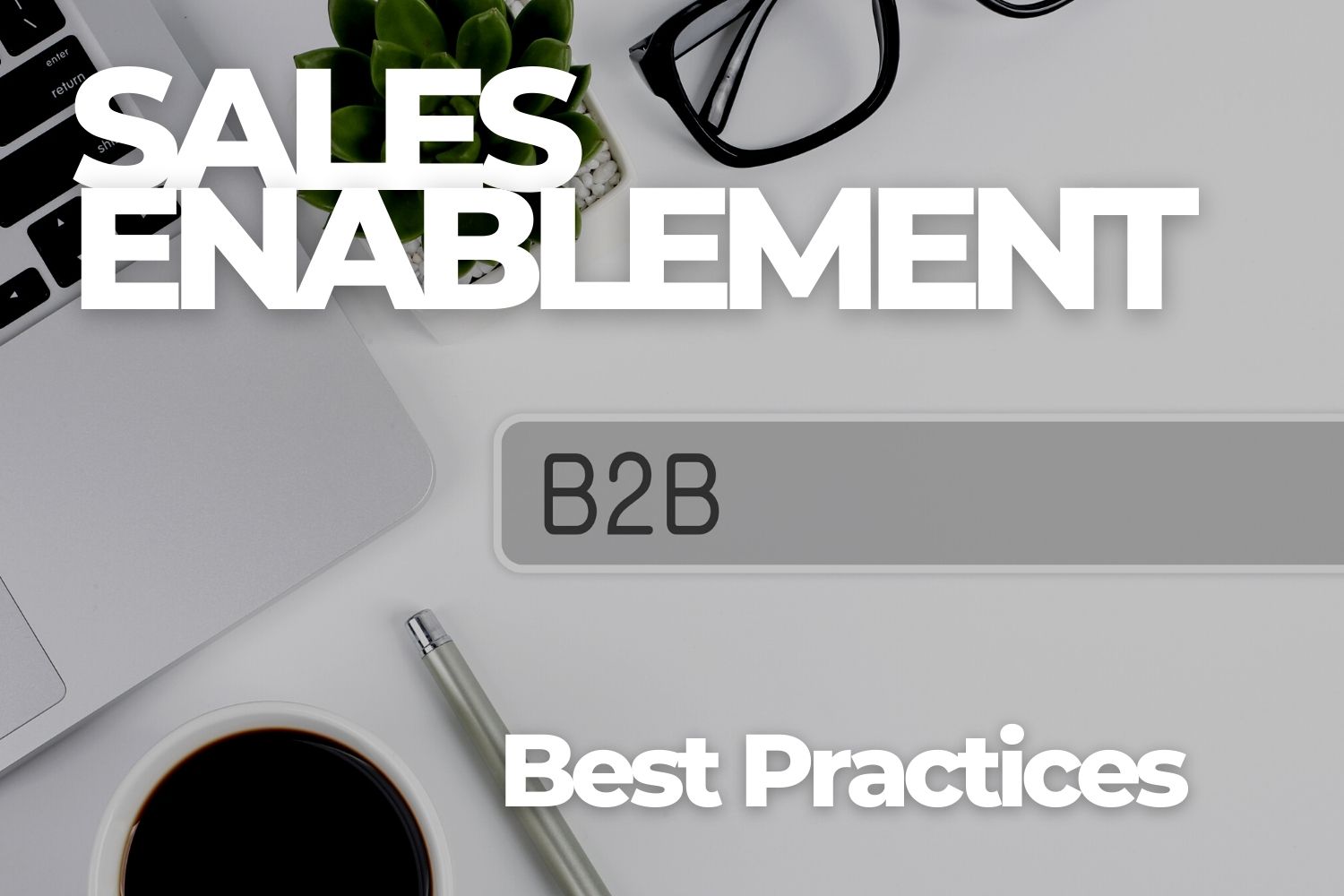Guest post from Amy Izzo, at Marketri
Originally titled: Nine Habits Of Highly Engaging Content Marketers
 Someone recently told me she was an “advertiser’s dream” because whenever she sees a commercial or hears of an offer, she is immediately convinced she wants or needs that product. Well, I think I’m a content marketer’s dream…and maybe most marketers are. Whenever I hear about a new blog, webinar, tool, or tactic, I just can’t wait to give it a whirl.
Someone recently told me she was an “advertiser’s dream” because whenever she sees a commercial or hears of an offer, she is immediately convinced she wants or needs that product. Well, I think I’m a content marketer’s dream…and maybe most marketers are. Whenever I hear about a new blog, webinar, tool, or tactic, I just can’t wait to give it a whirl.
With the speed at which marketing is changing- even over the past year- I’m constantly learning of new tools, social media platforms, SEO rules, etc. When I want to dig deeper, I’m reading blogs, downloading e-books, and/or watching YouTube videos. That said, we at Marketri are also on the other side of the fence, creating content for both our own firm and our clients’. Being both a producer and consumer of content helps us stay connected with the elements others find interesting too.
Here are some tips for keeping your content relevant, interesting, and engaging so that readers come to know you as a resource and keep returning to devour more information.
- Make sure your Web site is up to the task. If you’re ready to create great content, it’s important to have a central place to offer it. Your Web site is the “hub” of any content marketing effort. It’s worth the investment to get your Web site ready so you can easily post content while it’s fresh. Content management systems allow the capability to add new copy, images, attachments, and links without being a programmer.
- Get connected with your audience. One of the biggest obstacles new content marketers seem to face is developing great ideas for topics. It doesn’t have to be rocket science. You just have to do a little “stalking” to find out what’s hot in their eyes. Some ideas: Set up a Google reader or other tool for curating great content. Read the blog topics that your audience would read. Join LinkedIn Groups that they would join; read and get engaged in discussions. Learning what’s important to your potential clients, as well as how they want to receive it, is a giant step toward being able to share and create content that is valuable to them.
- Know that if you try to please everyone at once, you likely won’t please anyone. What does this mean? To make the most impact, offer specific content to a niche audience. By being too broad, you may not be able to provide much specific knowledge or value to anyone. Also, if you’re not targeted enough, you likely won’t attract the audience you are targeting. People search terms that are relevant to their own industry. If construction firms are your target, they are most likely to search something like “how construction firms can boost their marketing effort’ rather than “how to boost your marketing effort.” Tailor the content and headlines to these niche audiences.
- Don’t forget to include keywords. Step one, in addition to helping develop ideas for great topics, also may lead you to new keywords. Keywords are basically what your target audience would search for to solve a problem. Once you do some research and have a list of possible keywords, use Google’s Keyword Tool to test them out and see how many times those words are searched each month. If your target client fits in a small niche, don’t be afraid to be specific with your terms. While overall, the goal is to drive traffic to your Web site and your content, it’s equally important to drive the right prospects.
- Be educational. It goes without saying that the idea behind content marketing is engaging through the sharing of information. Therefore, content should be non-promotional and include clear takeaways. Also, don’t be afraid of giving away too much information. In theB2B Social Media Book, authors Kipp Bodnar and Jeffrey Cohen say this fear is the quickest path to failure. The fact is, this is the twenty-first century and there people and companies are making so much information available, if you’re not on board, you’re being left behind. The challenge is to choose your opinion and say something people will care about.
- Make it easy to read and easy to share. In the age of automated everything, something so simple as using a conversational tone infuses a human element letting you connect in personal way that makes a difference. In addition to tone of the piece, make the it easy for a reader to consume. Make it skimmable by using headers, sub-heads, and bullet points that pull key items to the forefront. Don’t forget to add social sharing tools, making it as easy as possible for readers to share via email or their social media profiles with a click of the mouse.
- Add appealing graphics. Creative designs or photos can be integrated, not just to be “pretty” but to convey a concept that your audience can connect to. Using a clean eye-catching template is another way to make content easier to read and digest.
- Use eye-catching headlines. Make headlines relevant and interesting. If you don’t snag a reader with your headline, you likely won’t get their attention at all. Don’t be afraid to be a little controversial.
- Incorporate calls to action. You’ve provided an insightful e-book…now what? What action would you like the reader to take? Whether you want readers to sign up for your newsletter, visit a certain page on your Web site, or view a video, don’t be afraid to call them to action. Tell the audience exactly what you’d like them to do n or there’s a slim chance they’ll doing anything at all.
These tips can lend themselves to most types of content you’ll develop, even if it’s video or multi-media. If you have some favorite tips that aren’t listed let us know! We’d love to add to the list.
Amy Izzo is Marketing Manager at Marketri LLC. She has over 12 years experience in B2B professional services marketing. She works closely with clients to build strategic marketing plans and move the process forward by managing the marketing tactics and keeping clients connected with their target audience.
Follow Marketri on Twitter and Linkedin.






